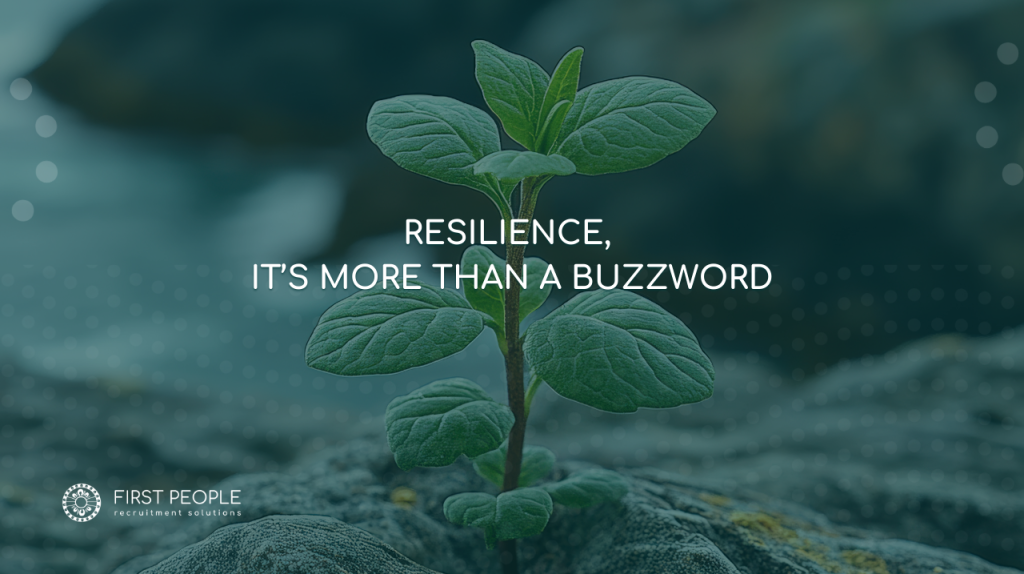Change can be challenging, but how leaders communicate during times of transition makes all the difference. Research from Gallup shows that when leaders clearly articulate what change means for the future, their teams are significantly more engaged—86% engagement compared to just 22% when there’s no clear vision.
This insight reveals a simple truth: communication during change isn’t just a “nice-to-have”; it’s essential. Yet too often, communication is treated like a quick fix—a magic wand waved over a change project to make it all work.
Here’s the reality: no matter how brilliant the communication plan is, if leaders aren’t actively leading the change, it won’t stick. Communication isn’t something you can just “rub on” to make change happen.
So, what does it take for leaders to communicate effectively during change? Here are four practical steps to make your message land and your team feel connected:
1. Understand the Change
If you’re not clear on the change, your team won’t be either. Take the time to dig into the details: what’s changing, why it’s happening, and how it aligns with the organisation’s vision. Being informed and confident about the “why” is the foundation of effective communication.
2. Make It Relevant
Generic messaging doesn’t cut it. Break the change down into terms your team can relate to. What does this mean for their roles, goals, and daily work? Translating the bigger picture into specifics that resonate with your people shows you’ve thought about their concerns.
3. Own the Message
As a leader, you embody the direction of the organisation. This means you need to stand behind the change—even if it’s challenging. Avoid the temptation to distance yourself from the decision or to act as a mere messenger. Your team looks to you for clarity, confidence, and alignment.
4. Choose the Right Approach
How you deliver the message is just as important as what you say. The more significant the impact on your team, the more personal the communication should be. Big changes demand face-to-face conversations that allow for dialogue and questions. For smaller shifts, other channels like email or team meetings may suffice.
(If you’re looking for a deeper dive, my book includes a handy decision tree to guide you through choosing the right communication approach—check it out on page 162!)
Why It Matters
Change isn’t just about processes or policies; it’s about people. When leaders take the time to communicate with clarity and empathy, they build trust, engagement, and a shared sense of purpose.
As a leader, your words and actions shape how your team experiences change. So, the next time your organisation embarks on a new journey, remember: it’s not just about “telling” people what’s happening—it’s about connecting them to the vision and helping them see their place in the future.
Great communication during change isn’t a skill reserved for senior executives—it’s something every leader can embrace. And when you do, you’ll be amazed at how your team rises to the occasion.



